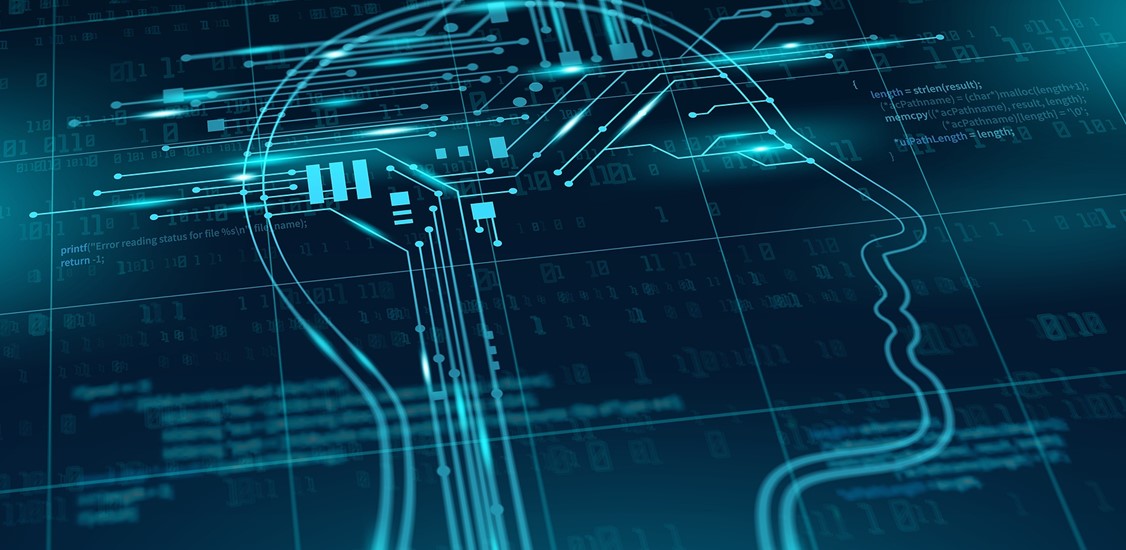Artificial intelligence has skyrocketed in popularity and use in recent months, so much so that some critics worry the technology could eventually replace humans and their jobs. Yet, this is not the future that leaders in the AI space seek. Instead, they hope business leaders and employees alike will embrace a future where AI and human workers coexist symbiotically.
The future many leaders in artificial intelligence see for the technology is one of collaboration - not one where AI renders human workers obsolete. Most AI programs are not necessarily developed not to do the job of the human worker, but rather to enable them to do their jobs more efficiently. In most cases, automation provides a starting point or eliminates the earlier, labor-intensive stages of a process, so the worker can better use their time and perform at a higher, more productive level.
By simplifying and streamlining the more monotonous and repetitive tasks of an employee’s job, artificial intelligence can empower employees to focus on the more creative, complex, and “human” tasks. In many industries, automation can handle back-end tasks, such as paperwork, allowing employees to focus more on the aspects of their occupations only they can do - like relationship building and management.
AI, emotional intelligence, and the customer experience
Perhaps the biggest obstacle many industries face to the widespread adoption of AI technology is its lack of emotional intelligence. At this point, artificial intelligence lacks the ability to discern human emotion, only able to base things on hard data. However, there could be a future in which this gap is bridged.
For example, researchers have found potential in training artificial intelligence models to pick up on facial expressions, tone of voice, diction, and other cues to discern human emotions. If the model can adapt its response to these observations, it can respond with much greater emotional intelligence.
Nevertheless, until these powers of discernment are more thoroughly developed and perfected, artificial intelligence is best used by human employees as a supplemental tool to inform their processes, not replace them. For example, an AI model can be used to analyze data and provide predictive analytics, which the human employee can then use as a suggestion to make the best decision.
One of the main benefits for most businesses of implementing artificial intelligence technology into their operations is the potential that these tools have to improve the customer experience. For instance, if a business implements an AI-powered customer service chatbot, it can drastically improve its customers’ experience. In addition to offering greater accessibility to customers, as this chatbot is a resource that can be used 24/7 on demand, human workers free themselves up to create a more personalized experience by not having to waste time answering simple questions this new tool can instead.
Ethical concerns over AI use
Another obstacle that has hindered the proliferation of AI technology is the ethical questions it causes. For artificial intelligence to be embraced, those who create and use these systems must do so in a way that emphasizes ethical principles and practices. Although there are some critics claiming AI borders on something out of dystopian science fiction, many of the concerns people voice about the new paradigm are indeed valid.
Chief among the ethical considerations surrounding the use of AI is data security, as there are still questions about how the data fed into an artificial intelligence program is used. Since many AI models train themselves based on the information fed into it, it’s possible that any information a user gives the artificial intelligence could be later used in one of its responses to another user. This is particularly concerning for those who work with confidential data - such as those in the medical, legal, or financial sectors - or those dealing with intellectual property or otherwise proprietary information.
Users of artificial intelligence must also remember that AI models retain the bias with which they are trained. For example, if an artificial intelligence is fed inaccurate or prejudiced information, the responses it generates will reflect those same inaccuracies and prejudices. This is why many AI users have reported biases in these programs, and in some cases even racist or sexist language and tendencies. Thus, it is essential that businesses approach the integration of artificial intelligence into their operations with an air of caution and a scrupulous eye.
Embracing a symbiotic future with AI
The mindset with which businesses must approach artificial intelligence is one of continuous learning. Not only must people be open and willing to learn and embrace new technologies as they arise, but they must also be willing to “teach” (or, in other words, train) the model to best serve their needs. AI is still in its relative infancy, as far as technological innovations are concerned. To successfully coexist with this technology, workers must be willing to flow with the constantly changing landscape of its development.
An important step that business leaders who hope to contribute to this symbiotic future must take to help achieve it is investing in reskilling and upskilling programs. By investing in staff and empowering them to take on roles and responsibilities that are more involved, businesses make a long-term investment in their own productivity and success, just as much as their employees’ own.
Those hoping to achieve a future where AI and human workers can accentuate each other’s strengths should not only embrace the technology, but also find ways to coexist with it in a productive way. By listening to and acknowledging the concerns critics have about the use of artificial intelligence in the workplace, innovators in the industry have the opportunity to contribute to this symbiotic future.






















